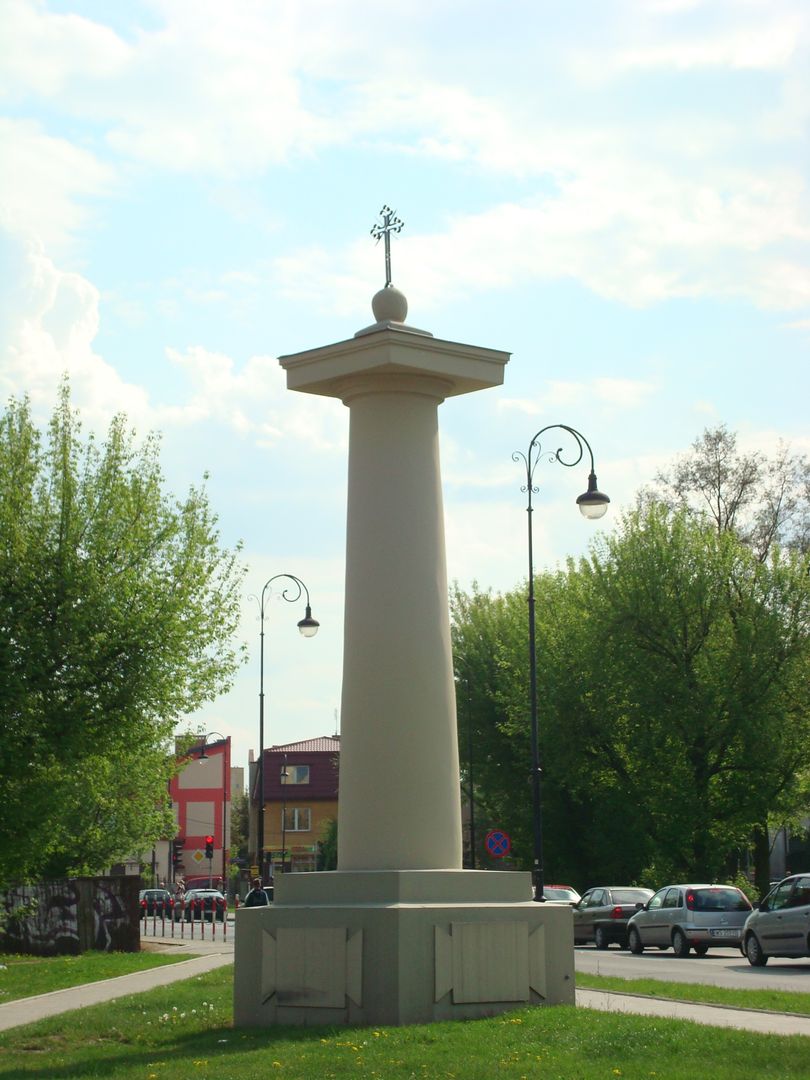Tuscan column in Siedlce
6.24

Overview
The Tuscan Column in Siedlce is a Baroque structure erected in 1783 on the initiative of Aleksandra Ogińska. It was created in connection with the planned visit of King Stanisław August Poniatowski, and its main function was to guide the royal procession to the Ogiński Palace. Built at the exit of Asłanowicz Street, formerly known as Prospektowa Street, the column is topped with a Baroque cross, emphasizing its religious and cultural character. Architecturally, it references the Baroque style, which was extremely popular at the time of its construction, while also representing contemporary trends in both sacred and secular architecture. From a historical perspective, the structure fits into the context of the Stanislavian era, a period of cultural and artistic development in Poland, when Siedlce gained significance as a meeting place for the elite. An interesting fact is that the column was not only an architectural element but also a symbolic gateway for important events, making it a significant landmark in the region's history. Today, the Tuscan Column is not only a witness to a bygone era but also a tourist attraction that draws the attention of both residents and visitors to Siedlce.
Location
2025 Wizytor | All Rights Reserved